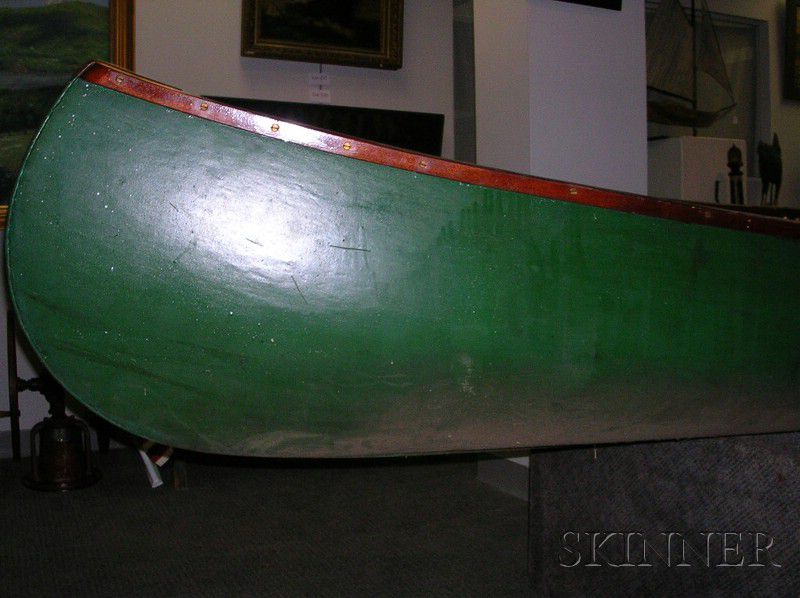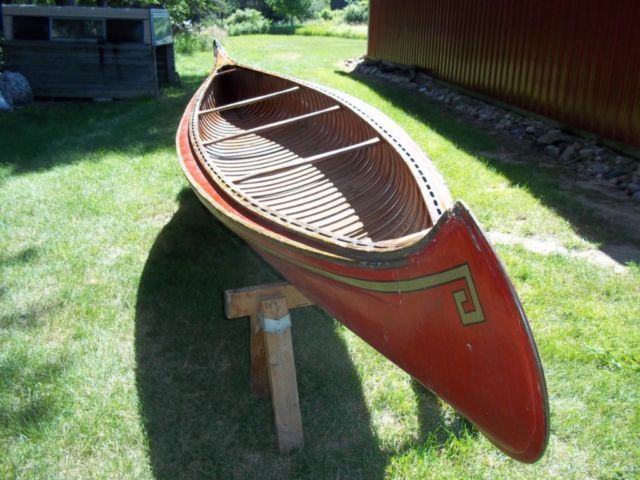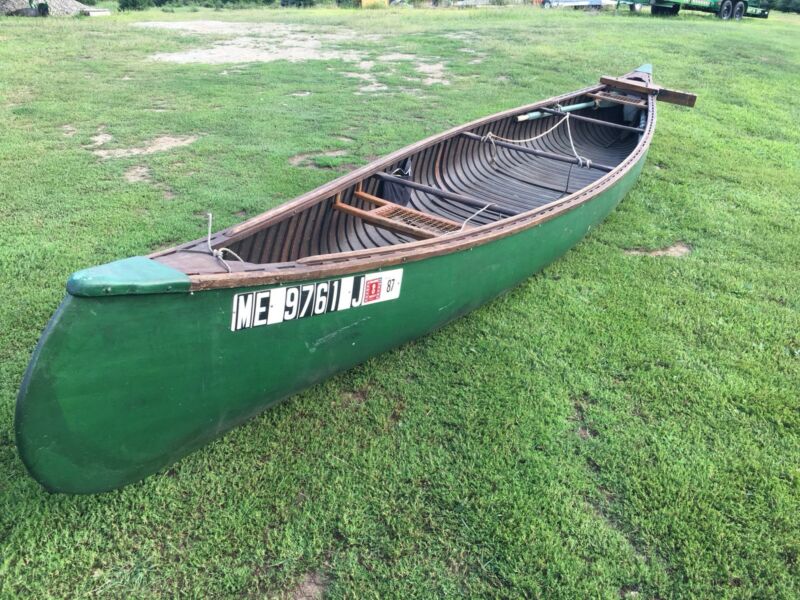
Seal the end cut with exterior polyurethane or marine varnish. Not sure? order our Heavy Duty Thwart in a a longer size than you need and cut it down to the exact length and cut angle needed to perfectly fit Your canoe. The 32.5 inch Thwart is measured to the longest point (ends are angled). Pack, Pack Angler and Discovery 119 models use a 29 inch thwart with a slender profile. Most models use a shaped or contour thwart (from overhead view). If you have a 5, 10 or 20 year old canoe chances are you need a different length and cut angle than what they use today. However Old Town makes only two thwart sizes today these sizes are used in models they make today, not for most older vintages. Camper, Penobscot, Tripper, Discovery, Guide, Predator, Otca and many other canoe models. We do have tharts for any OLD TOWN CANOES such as.

Made one at a time with a durable, UV resistant gloss finish. 1" thick select ash stock, trimmed and finished by hand. NOTE: This search does not include boats.

"Welcome to the BIGGEST - LITTLE canoe and kayak shop in the world" (800)452-9257Įmail us: Store" (between Rochester and Niagara Falls). If the canoe is overloaded, a test will reveal it better than any published figure could.Phone Order Hotline (10am-6pm EST). Load the hull with the intended weight and test it. If you're worried about the capacity of any model (made by us or by anyone), a published figure is not a reliable guide. The Minnesota II, and Champlain have a bit more capacity, while the Minnesota 3, and Itasca will carry three to four adults and lots of gear in most situations. A Spirit, Escape, Boundary Waters or Cascade is ment for two adults with lots of gear. A Rogue, Adirondack, Aurora, Kingfisher, or Escapade will take two typical adults with moderate gear. A Heron or Fisherman is for shorter day-trips. Rather we say our hulls have reserve capacity for their intended use.

Paddlers' skills play a major role in what weight a canoe can transport safely. Waves or strong current call for an increased safety margin, hence less load. If loaded anywhere near its claimed limit, a canoe may not be overloaded officially, but it will handle very poorly. Even if you know how much weight you've put into the canoe, water in the bilge rapidly increases the load by an unknown amount. These are highly misleading for many reasons: 1. Many canoe makers publish specific weight capacities for their hulls.


 0 kommentar(er)
0 kommentar(er)
